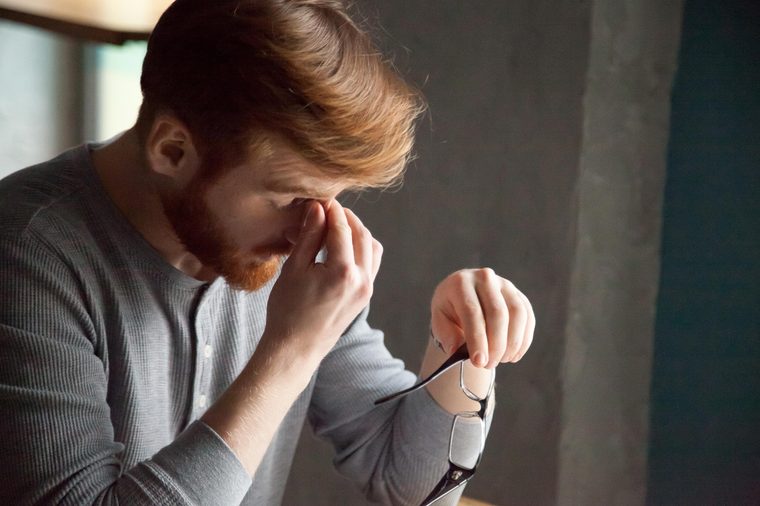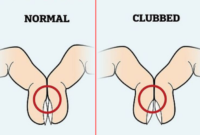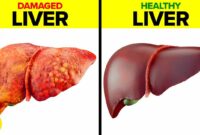
You’re always tired
If you always feel lethargic (no matter how many hours of shut-eye you get), it’s definitely worth talking to your MD. Unlike drowsiness, which is the need to sleep, fatigue is lack of energy and motivation. It can be a normal response to lack of sleep, lots of physical activity, stress, or even boredom. But fatigue can also be a sign of a number of health problems.
“Missing sleep, almost any illness, and many medications can cause temporary fatigue,” says Dr. Wu. But “persistent fatigue can be caused by a number of serious conditions including anemia, chronic kidney disease, liver disease, cancer, thyroid disorders, chronic infection, and arthritic conditions. It can also be caused by depression and anxiety disorders.”

You can’t sleep
It’s one thing to have trouble falling asleep when you just aren’t tired, but if you can’t get any Zzzs despite feeling exhausted, it’s worth bringing up with your doctor. Acute insomnia is short term and can be brought on by stress at work or at home or a traumatic event.
Chronic insomnia, on the other hand, “is a common problem, and can simply be a sign of aging, lack of activity, or consuming too much caffeine, nicotine, or alcohol,” says Dr. Wu. “It can also be caused by medications like cold remedies that include stimulants, some antidepressants, and medications for asthma or high blood pressure.”
Other causes of insomnia include “mental health problems like anxiety and depression,” says Dr. Wu. “It can be a sign of some medical conditions like chronic pain, overactive thyroid, GERD, heart disease, Parkinson’s and Alzheimer’s disease.”
You have bad breath
Bad breath—or halitosis—is the most common reason for dental referrals, after tooth decay and gum disease, according to a review of studies published in 2018 in The Open Dentistry Journal. Sure, the culprit could be all that garlic you consumed at your last meal. But sometimes bad breath is a sign of something more serious.
Usually caused by bacteria on your teeth and tongue, bad breath can be linked to poor brushing and flossing habits, or oral issues like dry mouth, gingivitis, or periodontitis. In some cases, sinusitis, bronchitis, tonsillitis, and some gastrointestinal issues can also trigger bad breath. If brushing and flossing doesn’t help, see your doctor or dentist.
You get headaches regularly
Besides being a pain (literally), headaches—the most common form of pain, according to the National Institute of Neurological Disorders and Stroke—are often pretty harmless. But some headaches are more serious than others. Talk to a doctor if a headache is sudden and severe or is accompanied by a stiff neck or follows a blow to the head or pain in your ear or eye. Get medical attention if you have a headache and fever, convulsions, confusion, or pass out or have a fainting episode. If you’ve never had a headache before and suddenly have your first, it’s time to ask your doctor what’s up.

Your muscles cramp up
Everyone suffers from a muscle cramp now and then, especially after a tough workout; in fact, a review of studies, published in 2018 in Journal of Electromyography and Kinesiology, suggests that exercise-associated muscle cramps are the condition most often requiring medical treatment during sports.
But some conditions can increase the risk of having leg cramps, like being dehydrated, having low levels of electrolytes, taking certain medications, having a nerve disorder, or an underactive thyroid gland (hypothyroidism). A review of studies published in 2019 in European Journal of Neurology found that many aspects of cramping are not completely understood. Pay attention to when and how often you have muscle cramps so your doctor can determine the potential cause.

Your nails are a funky color
Nails are supposed to be pink, so if yours are venturing into any other color category, speak to your doctor. Funky-colored nails could be harmless, according to the American Academy of Dermatology; but it could also be a sign of various skin disorders, if not something more systemic, according to research, including a study published in 2015 in Indian Dermatology Online Journal.
Blue nails can mean you’re not enough oxygen in your bloodstream. White can signify liver disease or diabetes. Yellow nails can signify a nail infection or liver disease. Dusky red half moon could be a sign of heart disease, arthritis, lupus, alopecia areata (an autoimmune skin disease), or an inflammatory disease known as dermatomyositis.



